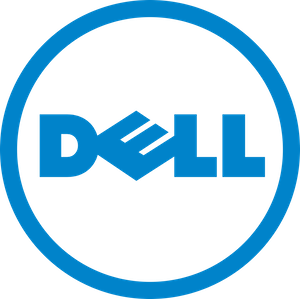Laura Frank Explains Why She Spoke at DockerCon EU 2015
Laura Frank is an engineer who creates tools to make development processes simpler. She started coding after receiving a hand-me-down DOS system and has been lost in the code mines ever since. She currently works at Codeship as a software … ContinuedDesign For The Data Deluge
Is your data center growth getting out of hand? Design with the data in mind.
What to Learn From the Big Security Breaches
 They may be your fault.
They may be your fault.
Building An Infinitely Scaleable Online Recording Campaign For David Guetta

This is a guest repost of an interview posted by Ryan S. Brown that originally appeared on serverlesscode.com. It continues our exploration of building systems on top of Lambda.
Paging David Guetta fans: this week we have an interview with the team that built the site behind his latest ad campaign. On the site, fans can record themselves singing along to his single, “This One’s For You” and build an album cover to go with it.
Under the hood, the site is built on Lambda, API Gateway, and CloudFront. Social campaigns tend to be pretty spiky – when there’s a lot of press a stampede of users can bring infrastructure to a crawl if you’re not ready for it. The team at parall.ax chose Lambda because there are no long-lived servers, and they could offload all the work of scaling their app up and down with demand to Amazon.
James Hall from parall.ax is going to tell us how they built an internationalized app that can handle any level of demand from nothing in just six weeks.
The Interview
Dell Unveils Disaggregated NOS
Vendor expands its open networking initiative with Linux-based OS10.
Worth Reading: The IETF turns 30

The post Worth Reading: The IETF turns 30 appeared first on 'net work.
Datanauts 021: How To Beat Skills Entropy
We cover a wide variety of topics on keeping your skills sharp. Strap in, loyal listeners, as we tickle your noodle on certifications, mentoring, learning resources, and much more!
The post Datanauts 021: How To Beat Skills Entropy appeared first on Packet Pushers.
Datanauts 021: How To Beat Skills Entropy
We cover a wide variety of topics on keeping your skills sharp. Strap in, loyal listeners, as we tickle your noodle on certifications, mentoring, learning resources, and much more!
The post Datanauts 021: How To Beat Skills Entropy appeared first on Packet Pushers.
The Tortoise and the Austin Hare

Dell announced today the release of their newest network operating system, OS10 (note the lack of an X). This is an OS that is slated to build on the success that Dell has had selling 3rd party solutions from vendors like Cumulus Networks and Big Switch. OS10’s base core will be built on an unmodified Debian distro that will have a “premium” feature set that includes layer 2 and layer 3 functionality. The aim to have a fully open-source base OS in the networking space is lofty indeed, but the bigger question to me is “what happens to Cumulus”?
Storm Clouds
As of right this moment, before the release of Dell OS10, the only way to buy Linux on a Dell switch is to purchase it with Cumulus. In the coming months, Dell will begin to phase in OS10 as an option in parallel with Cumulus. This is especially attractive to large environments that are running custom-built networking today. If your enterprise is running Quagga or sFlow or some other software that has been tweaked to meet your unique needs you don’t really need a ton of features wrapped in an OS with a CLI you will barely use.
Dell’s OS10 Is a Platform Play That Goes Beyond Networking
 Dell prepares to leap into infrastructure-as-code.
Dell prepares to leap into infrastructure-as-code.
